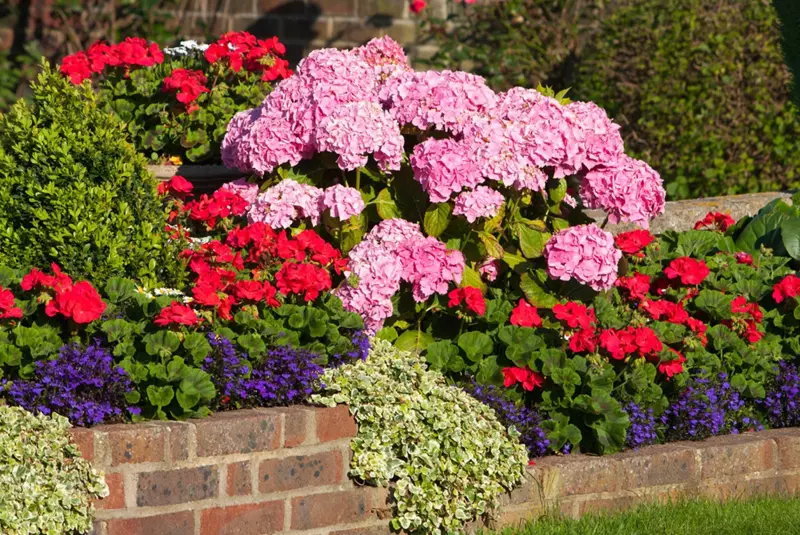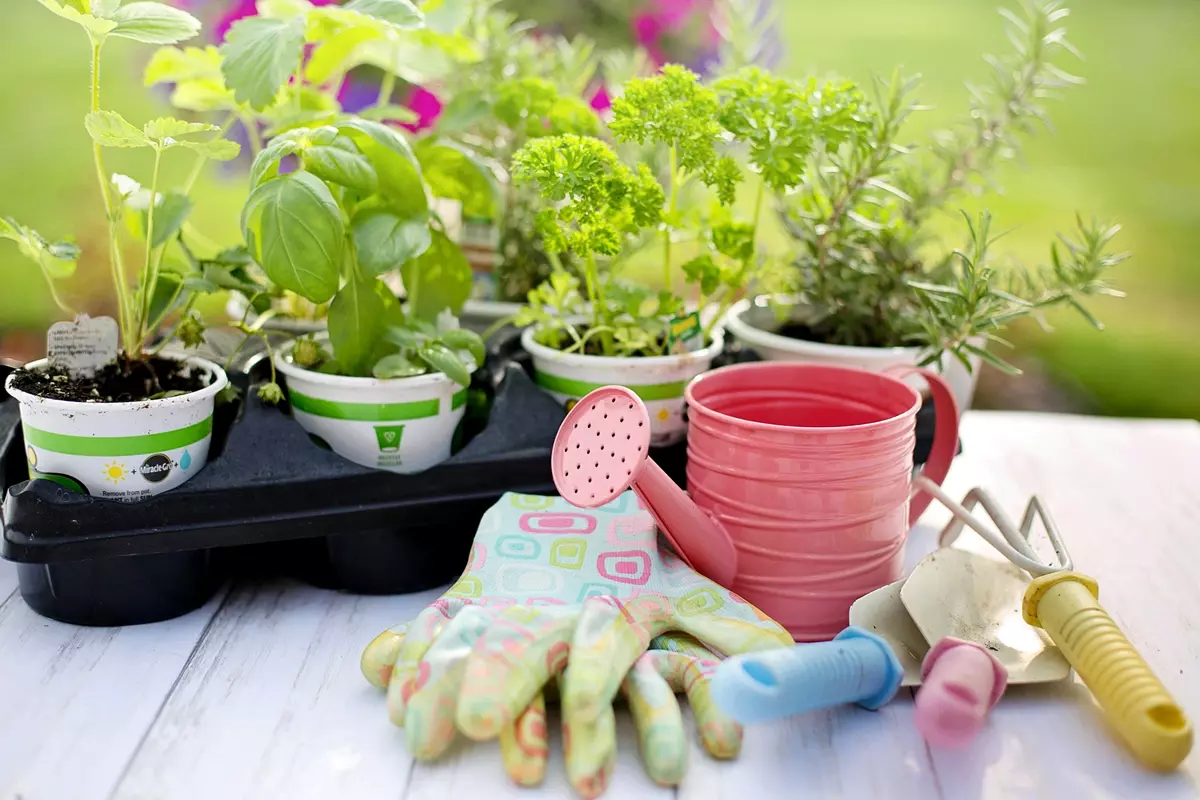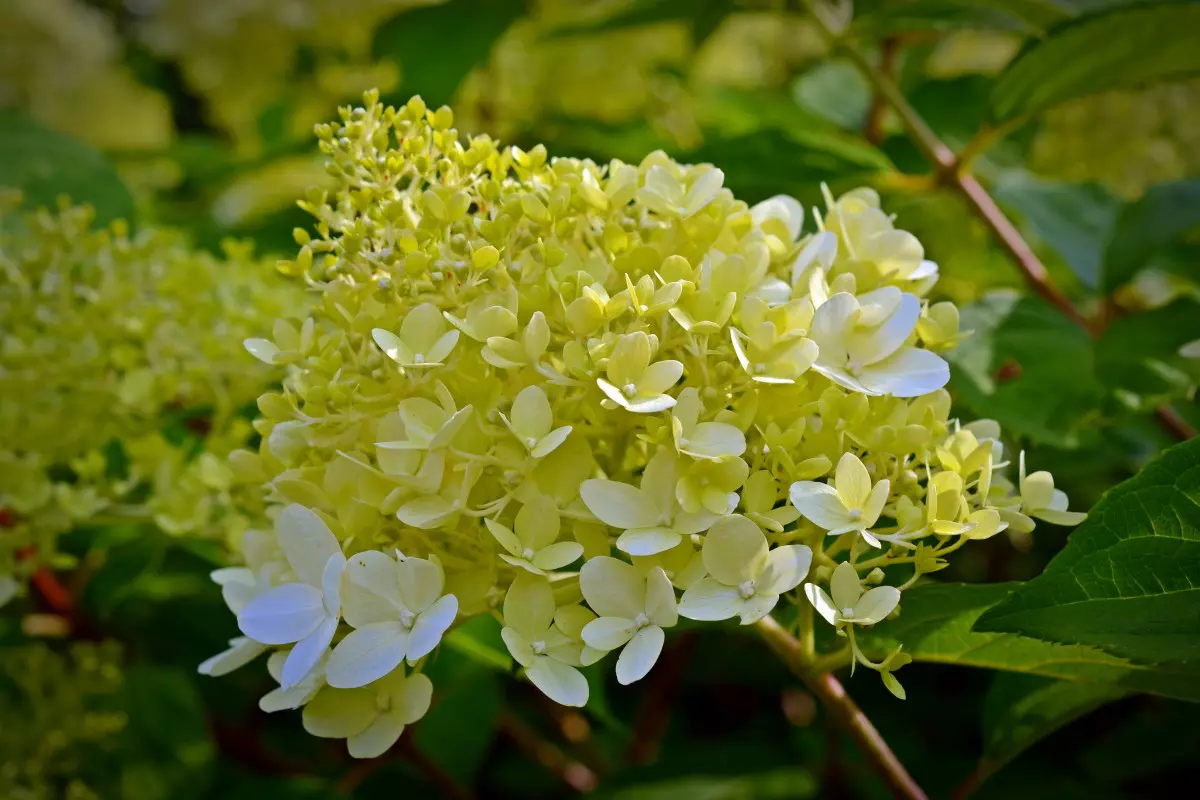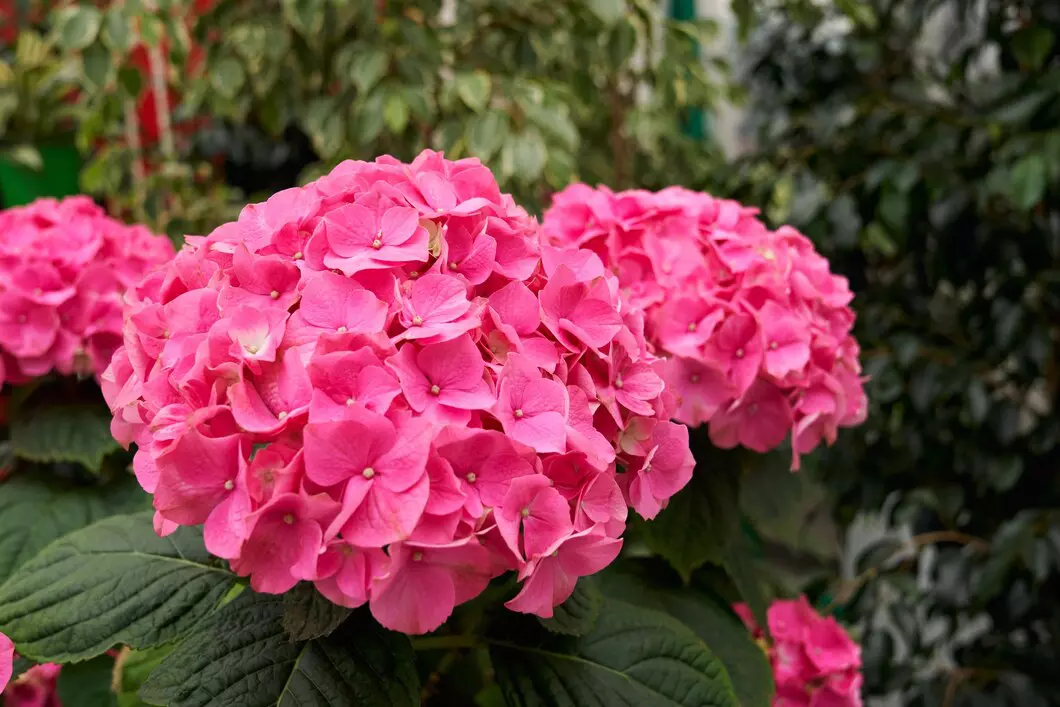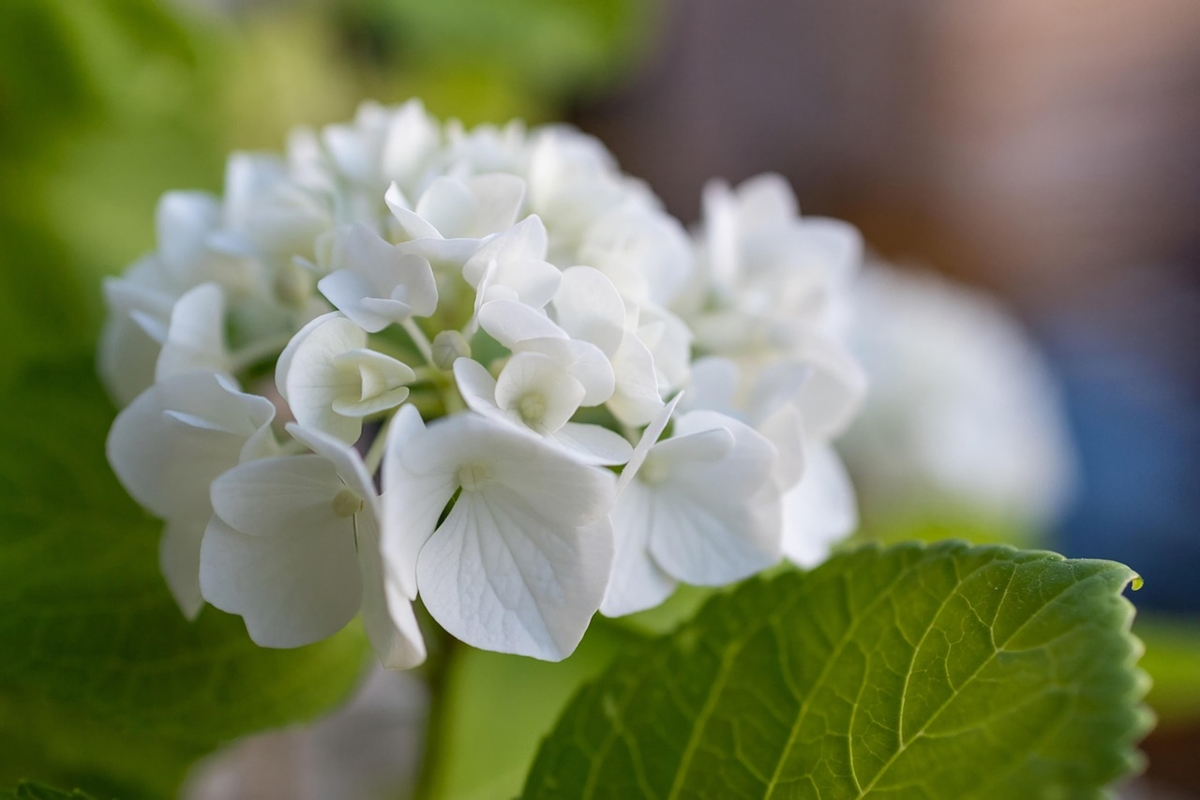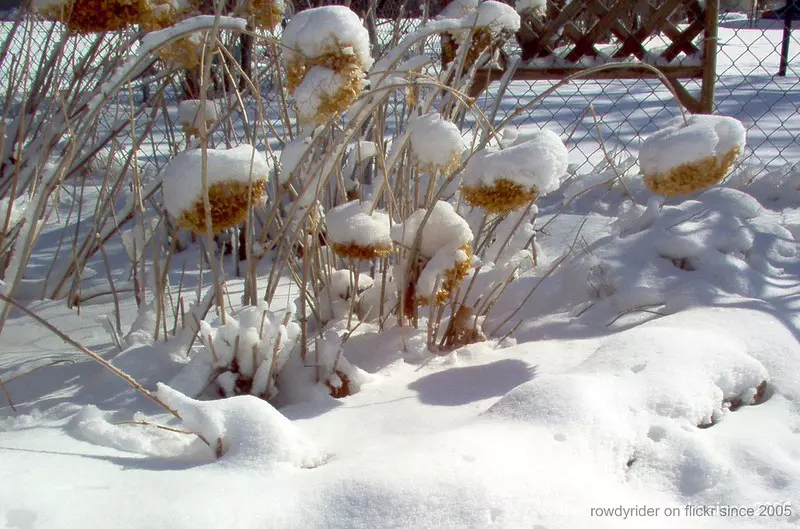Table of Contents
Hydrangeas are among the most beloved flowering shrubs, known for their stunning blooms and versatility. However, not all hydrangeas can withstand the extreme cold of USDA Hardiness Zone 3, where winter temperatures can drop as low as -40°F (-40°C). This article explores the best cold-hardy hydrangea varieties for this challenging climate.
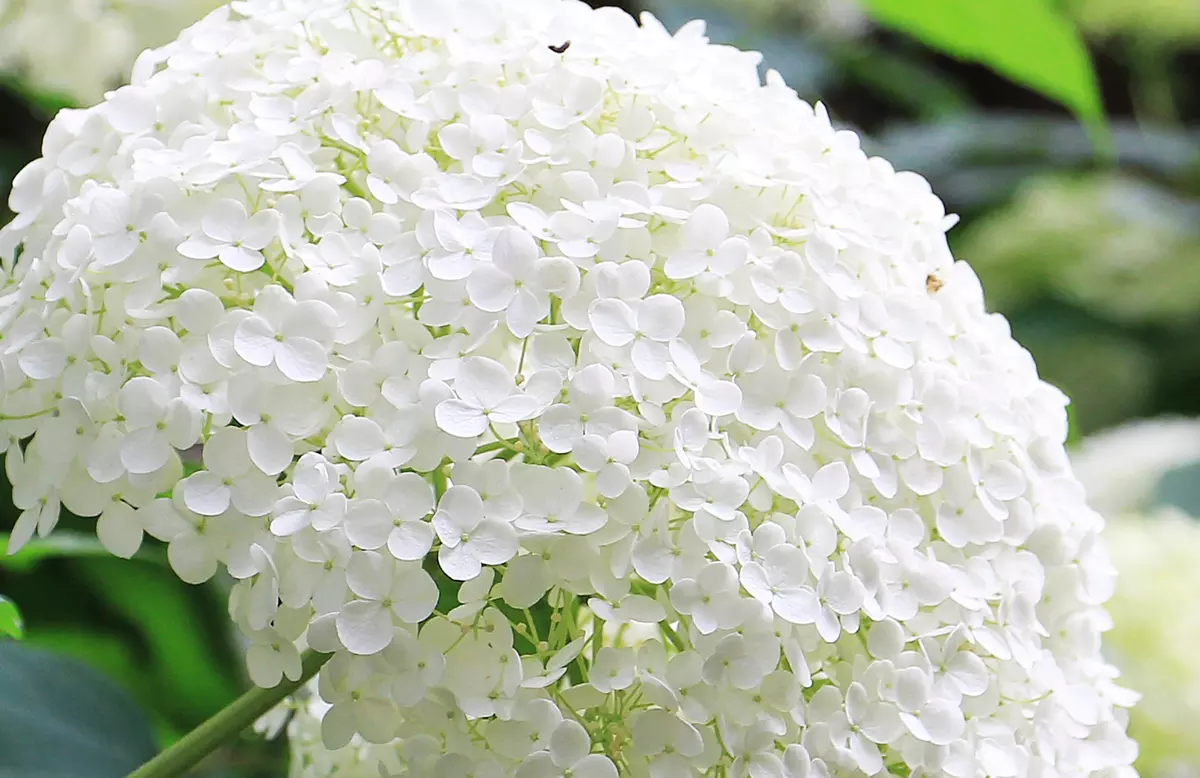 Hydrangea arborescens (Smooth Hydrangea) - Source: pxhere.com; License: CC0 1.0
Hydrangea arborescens (Smooth Hydrangea) - Source: pxhere.com; License: CC0 1.0
Understanding USDA Zone 3
The USDA Hardiness Zone 3 is one of the coldest plant hardiness zones in North America. It spans parts of the northern United States, including Minnesota, North Dakota, Montana, and parts of Maine, and extends into southern Canada. Due to its extreme winter conditions, Zone 3 presents unique challenges for gardeners.
Climate Characteristics of Zone 3
Zone 3 is defined by its long, harsh winters and short growing seasons. The key climate characteristics include:
- Winter Temperatures: Can drop as low as -40°F (-40°C), with prolonged periods of deep frost.
- Short Growing Season: Typically lasts between 90 and 120 days, limiting plant development.
- Late and Early Frosts: Frosts can occur as late as June and as early as September, posing a risk to tender plants.
- Snow Cover: Many areas receive heavy snowfall, which can provide some insulation to plant roots.
- Soil Freezing: The ground can remain frozen for months, making early spring planting difficult.
Challenges for Plants in USDA Zone 3
Gardeners in Zone 3 must select cold-hardy, resilient plants that can withstand extreme temperature fluctuations. Some of the key challenges include:
- Winter Kill: Many plants struggle to survive extended sub-zero temperatures, leading to dieback or complete loss.
- Slow Spring Growth: The frozen ground and late frosts delay the start of the growing season.
- Limited Plant Selection: Many ornamental plants and flowering shrubs are not naturally adapted to such cold conditions.
- Soil Quality Issues: Heavy snowfall and frost heaving can impact soil structure, affecting plant roots.
Strategies for Successful Gardening in Zone 3
Despite these challenges, gardening in USDA Zone 3 is possible with proper planning. Here are some essential strategies:
- Choose Cold-Hardy Plants: Select perennials, shrubs, and trees specifically rated for Zone 3.
- Mulching: Apply a thick layer of mulch in late autumn to insulate plant roots and reduce frost heaving.
- Wind Protection: Cold winds can damage plants, so using windbreaks like fencing or evergreen hedges is beneficial.
- Raised Beds and Containers: These allow for better drainage and soil warming, extending the growing season.
- Microclimate Utilisation: Planting near buildings or in sheltered areas can create warmer microclimates, providing extra protection.
Why Hydrangeas Can Survive in Zone 3
Although many hydrangea species are not cold-tolerant, Hydrangea paniculata and Hydrangea arborescens are well-suited to Zone 3. Their ability to bloom on new wood and tolerate sub-zero temperatures makes them ideal choices for cold climates. Proper mulching and winter protection can further improve their survival rates.
By selecting the right plant varieties and implementing cold-weather gardening techniques, it is possible to create a thriving, colourful garden even in USDA Zone 3.
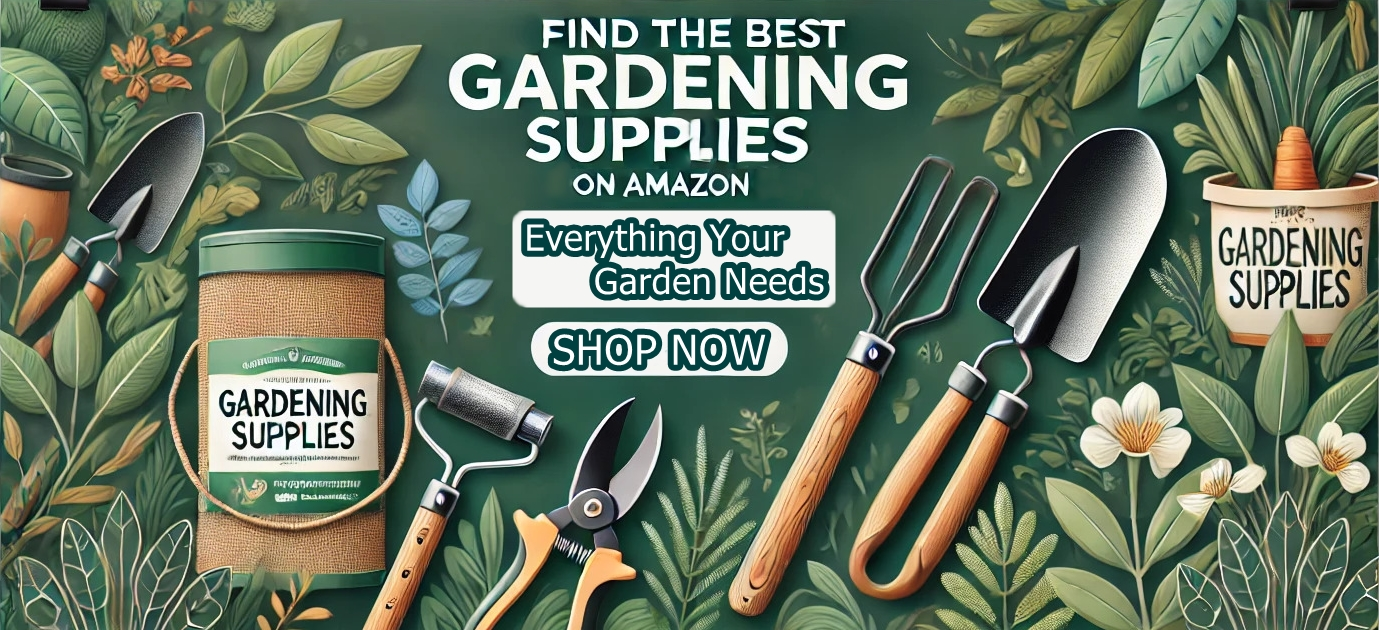
Top Hydrangea Varieties for Zone 3
Hydrangea paniculata (Panicle Hydrangea)
Hydrangea paniculata, commonly known as panicle hydrangea, is one of the hardiest and most adaptable hydrangea varieties, making it an excellent choice for USDA Zone 3. Unlike some other hydrangea species that struggle in extreme cold, panicle hydrangeas are exceptionally winter-hardy and can tolerate temperatures as low as -40°F (-40°C). Their durability, combined with their stunning floral displays, makes them a favourite among gardeners in cold climates.
Panicle hydrangeas are easily recognised by their large, cone-shaped flower clusters, which can reach up to 30 cm (12 inches) in length. They bloom from mid-to-late summer, extending the garden’s colour well into autumn. Unlike bigleaf hydrangeas (Hydrangea macrophylla), which form flowers on old wood and can struggle to bloom after harsh winters, panicle hydrangeas bloom on new wood, ensuring consistent flowering even after extreme cold.
For a comprehensive guide on caring for panicle hydrangeas, including pruning, watering, and fertilisation tips, visit our detailed Hydrangea paniculata care guide.
Recommended Cultivars:
There are numerous cultivars of Hydrangea paniculata, each offering unique colour variations, growth habits, and bloom sizes. Below are some of the best varieties for USDA Zone 3:
- ‘Limelight’ – A highly popular variety known for its creamy white flowers that gradually turn soft pink and light green in autumn. It grows up to 2.5–3 m (8–10 feet) tall, making it an excellent choice for larger landscapes.
For an in-depth guide on growing and caring for ‘Limelight’, visit our Limelight Hydrangea care guide.
- ‘Bobo’ – A compact, dwarf variety reaching only 90 cm–1.2 m (3–4 feet) in height. It produces abundant white blooms that take on a pinkish hue in late summer. Ideal for smaller gardens or container planting.
- ‘Fire Light’ – Noted for its bold colour transformation, this cultivar starts with creamy white flowers that deepen into a rich red-pink as the season progresses. It reaches 1.5–2 m (5–6 feet) in height and provides an eye-catching focal point in the garden.
- ‘Pinky Winky’ – A striking variety featuring large two-toned flowers that transition from white to deep pink. The strong stems prevent the blooms from drooping, keeping the plant looking tidy.
- ‘Little Lime’ – A smaller version of ‘Limelight’, growing only 1.2–1.5 m (4–5 feet) tall, but with the same characteristic lime-green blooms that change to pink in autumn.
Growing Conditions:
Panicle hydrangeas are relatively low-maintenance and adaptable, but they thrive best under the following conditions:
- Sunlight: Prefers full sun to partial shade. While they tolerate shade, too much shade can reduce blooming.
- Soil: Grows best in well-drained, slightly acidic to neutral soil. Avoid waterlogged areas as excessive moisture can cause root rot.
- Watering: Requires moderate, consistent moisture, especially during dry periods. However, it is more drought-tolerant than other hydrangea species.
- Fertilisation: A balanced, slow-release fertiliser applied in early spring helps encourage healthy growth and prolific flowering.
- Pruning: Since panicle hydrangeas bloom on new wood, they can be pruned in late winter or early spring to encourage vigorous growth and larger flower heads.
- Mulching: A 5–8 cm (2–3 inch) layer of mulch around the base of the plant helps retain moisture and protect roots during winter.
Landscaping Uses:
Panicle hydrangeas are highly versatile and can be used in various landscape settings:
- Hedges and Borders: Taller varieties like ‘Limelight’ and ‘Fire Light’ create striking hedges.
- Foundation Planting: Compact varieties like ‘Bobo’ and ‘Little Lime’ work well near homes and patios.
- Mixed Shrub Borders: Their extended bloom time makes them excellent companion plants in mixed borders.
- Containers: Dwarf varieties can thrive in large pots for patios and balconies.
- Cut Flowers: The long-lasting blooms are perfect for fresh and dried floral arrangements.
Why Choose Panicle Hydrangeas for USDA Zone 3?
Among all hydrangea species, Hydrangea paniculata is one of the most winter-hardy and resilient. Unlike bigleaf hydrangeas, which may suffer from winter dieback and inconsistent flowering in cold climates, panicle hydrangeas reliably bloom every year, even after harsh winters.
For more detailed information on caring for Hydrangea paniculata in cold climates, check out our complete panicle hydrangea care guide.
With proper care, pruning, and site selection, panicle hydrangeas will reward gardeners in USDA Zone 3 with abundant, showy flowers that bring beauty to the landscape from summer into autumn.
Hydrangea arborescens (Smooth Hydrangea)
Hydrangea arborescens, commonly known as smooth hydrangea, is another excellent choice for Zone 3 gardeners. This species is well-loved for its ability to withstand extreme cold while still producing abundant, showy blooms each summer. Unlike bigleaf hydrangeas (Hydrangea macrophylla), which can suffer from winter dieback, smooth hydrangeas bloom on new wood. This means that even after the harshest winters, they will reliably flower the following season.
Known for their large, rounded flower heads, smooth hydrangeas add a soft, elegant look to any garden. Their blooms appear in early to mid-summer, brightening up shady garden corners or mixed borders. Most cultivars start with creamy white flowers that may take on subtle green or pink hues as they mature. This species is also highly adaptable, thriving in a range of soil types and light conditions.
For a comprehensive care guide, including pruning, watering, and maintenance tips, visit our Hydrangea arborescens care guide.
Key Features of Hydrangea arborescens:
- Cold Hardy: One of the most winter-tolerant hydrangeas, thriving in USDA Zone 3.
- Blooms on New Wood: Ensures reliable flowering, even after severe winters.
- Adaptable Growth: Can be grown in full sun or partial shade.
- Fast Growth Rate: Quickly establishes and produces large flower heads.
- Ideal for Borders and Mass Plantings: Works well in mixed gardens, hedging, and woodland settings.
Recommended Cultivars:
Several cultivars of Hydrangea arborescens have been developed to enhance bloom size, colour, and plant structure. Below are some of the best varieties for USDA Zone 3:
- ‘Annabelle’ – A classic, widely grown variety featuring huge, round white flower heads that can reach up to 30 cm (12 inches) in diameter. This variety is particularly suited for mass plantings and shaded garden areas.
For an in-depth guide on growing and caring for ‘Annabelle’, visit our Annabelle Hydrangea care guide.
- ‘Incrediball’ – A more robust version of ‘Annabelle’, featuring massive, sturdy blooms on thicker stems that prevent drooping. Flowers start out pale green and mature to bright white.
- ‘Invincibelle Spirit’ – The first pink-blooming smooth hydrangea, providing a fresh alternative to the classic white varieties. This cultivar offers a stunning display of rosy-pink blooms from summer to early autumn.
Growing Conditions:
Smooth hydrangeas are known for their low-maintenance nature and ability to thrive in various conditions. However, for optimal growth and maximum flowering, consider the following:
- Sunlight: Prefers partial shade to full sun. While they tolerate shade, too much shade may reduce bloom production.
- Soil: Thrives in rich, well-draining soil with a slightly acidic to neutral pH.
- Watering: Requires consistent moisture, particularly in dry periods, but should not be left in waterlogged soil.
- Fertilisation: A balanced, slow-release fertiliser applied in early spring encourages strong growth and abundant flowering.
- Pruning: Since smooth hydrangeas bloom on new wood, they can be pruned in late winter or early spring to control shape and size.
- Mulching: Adding a 5–8 cm (2–3 inch) layer of mulch around the base helps retain moisture and protect roots from extreme cold.
Landscaping Uses:
Hydrangea arborescens is a versatile shrub that fits well into a variety of landscape designs:
- Mass Planting: Perfect for large drifts of colour in garden beds.
- Woodland Gardens: Thrives under dappled shade alongside ferns and hostas.
- Mixed Borders: Works well with other perennials and shrubs for seasonal interest.
- Foundation Plantings: Provides structure and height near buildings.
- Cut Flowers: Excellent for both fresh and dried floral arrangements.
Why Choose Smooth Hydrangeas for USDA Zone 3?
Hydrangea arborescens is one of the best hydrangeas for cold climates, thanks to its ability to bloom on new wood and recover quickly from winter damage. Even in the harshest winters, these hydrangeas reliably return with stunning floral displays each year.
If you want a low-maintenance, cold-hardy, and highly rewarding hydrangea species, Hydrangea arborescens is an excellent choice. For additional guidance on its care, visit our complete Hydrangea arborescens care guide.
By selecting the right cultivar and following proper planting and maintenance techniques, gardeners in USDA Zone 3 can enjoy a flourishing, colourful hydrangea display even in extreme winter conditions.
Planting and Care Tips
Growing hydrangeas in USDA Hardiness Zone 3 requires careful planning and proper maintenance to ensure they thrive in the harsh winter climate. Choosing the right planting site, providing adequate protection against extreme cold, and following best care practices will help your hydrangeas produce stunning blooms year after year. Below are the essential tips for planting and maintaining Hydrangea paniculata and Hydrangea arborescens in cold climates.
1. Choose the Right Location
Selecting the ideal planting location is crucial for the health and longevity of your hydrangeas. In Zone 3, the right placement can help protect plants from winter damage while promoting strong growth and abundant flowering.
- Sunlight: Hydrangeas thrive in full sun to partial shade. In colder regions, providing at least 4–6 hours of sunlight daily helps encourage vigorous blooming.
- Protection from Harsh Winds: Cold winter winds can cause desiccation (drying out) of branches. Planting near a fence, hedge, or building can provide some protection while still allowing good air circulation to prevent fungal diseases.
- Soil Drainage: Choose an area with well-draining soil. Hydrangeas do not tolerate waterlogged conditions, which can lead to root rot, particularly when the ground freezes and thaws repeatedly in winter.
- Avoid Frost Pockets: Low-lying areas where cold air settles can increase the risk of frost damage. Slightly elevated planting sites help prevent this issue.
2. Mulch for Winter Protection
Mulching is one of the most effective ways to protect hydrangeas from extreme cold and frost heaving, which occurs when soil repeatedly freezes and thaws, pushing plant roots upward and exposing them to damage.
- Type of Mulch: Organic mulches such as shredded bark, pine needles, compost, or straw provide insulation and improve soil health over time.
- Application: Apply a thick layer of 7–10 cm (3–4 inches) around the base of the plant in late autumn, ensuring the mulch extends beyond the root zone.
- Winter Covers: In areas with particularly harsh winters, additional protection such as burlap wraps or wooden plant covers can shield young plants from extreme cold and drying winds.
- Spring Removal: As temperatures warm in spring, gradually remove excess mulch to prevent excess moisture retention, which could encourage fungal diseases.
3. Pruning
Proper pruning encourages healthy growth and maximises blooming potential. Since different hydrangea species bloom on different types of wood, it is essential to follow the correct pruning technique.
- Panicle Hydrangeas (Hydrangea paniculata):
- Blooms on new wood, meaning flower buds form on the current season’s growth.
- Prune in late winter or early spring before new growth emerges to shape the plant and encourage larger blooms.
- Remove weak or crossing branches to improve airflow and plant structure.
- Smooth Hydrangeas (Hydrangea arborescens):
- Also blooms on new wood, making it a reliable bloomer in cold climates.
- Can be cut back to the ground in late winter or early spring to promote fresh, vigorous growth.
- Alternatively, leaving stems slightly taller can provide extra winter insulation.
4. Fertilisation
Applying the right fertiliser at the right time can enhance growth and improve flower production.
- Best Fertiliser: Use a balanced, slow-release fertiliser (such as 10-10-10 or 12-4-8) in early spring as new growth begins.
- Avoid Over-Fertilising: Excessive nitrogen can lead to excessive leafy growth at the expense of flowers.
- Organic Options: Compost or well-rotted manure can be applied in early spring to improve soil structure and provide nutrients naturally.
- Mid-Season Feeding: For additional blooms, a light application of fertiliser in midsummer can be beneficial, but avoid late-season feeding, which may encourage tender growth that is vulnerable to frost.
5. Watering
Hydrangeas require consistent moisture to thrive, but overwatering or poor drainage can cause root issues.
- Regular Moisture: Keep soil consistently moist, especially during the first two years after planting, as the roots establish.
- Deep Watering: Water deeply at the base of the plant rather than overhead, as wet foliage can encourage fungal diseases.
- Drought Tolerance: Panicle hydrangeas are more drought-tolerant than smooth hydrangeas, but both benefit from supplemental watering during prolonged dry spells.
- Winter Considerations: In late autumn, ensure the soil is well-watered before the ground freezes, as dehydrated plants are more susceptible to winter damage.
Additional Tips for Zone 3 Gardeners
- Companion Planting: Growing hydrangeas alongside cold-hardy perennials like hostas, ferns, and astilbes can enhance the beauty of the garden while providing additional protection.
- Container Gardening: If planting in containers, use insulated pots and move them to sheltered locations during winter.
- Monitoring for Pests and Diseases: While hydrangeas are relatively pest-resistant, check for aphids, spider mites, and powdery mildew, particularly in humid conditions.
By following these planting and care guidelines, gardeners in USDA Zone 3 can successfully grow and maintain healthy hydrangeas, enjoying their vibrant blooms even in the coldest climates.
Although USDA Zone 3 presents significant challenges for gardeners, Hydrangea paniculata and Hydrangea arborescens provide reliable, stunning blooms even in extreme cold. By selecting the right cultivar and following proper care techniques, you can enjoy beautiful hydrangeas despite the harsh climate.
About the Author

Richard Seres-Nagy is a passionate gardener with over 20 years of experience in hydrangea care. He founded Hydrangea Library to share expert advice, step-by-step guides, and practical tips for fellow gardening enthusiasts.
Read More
